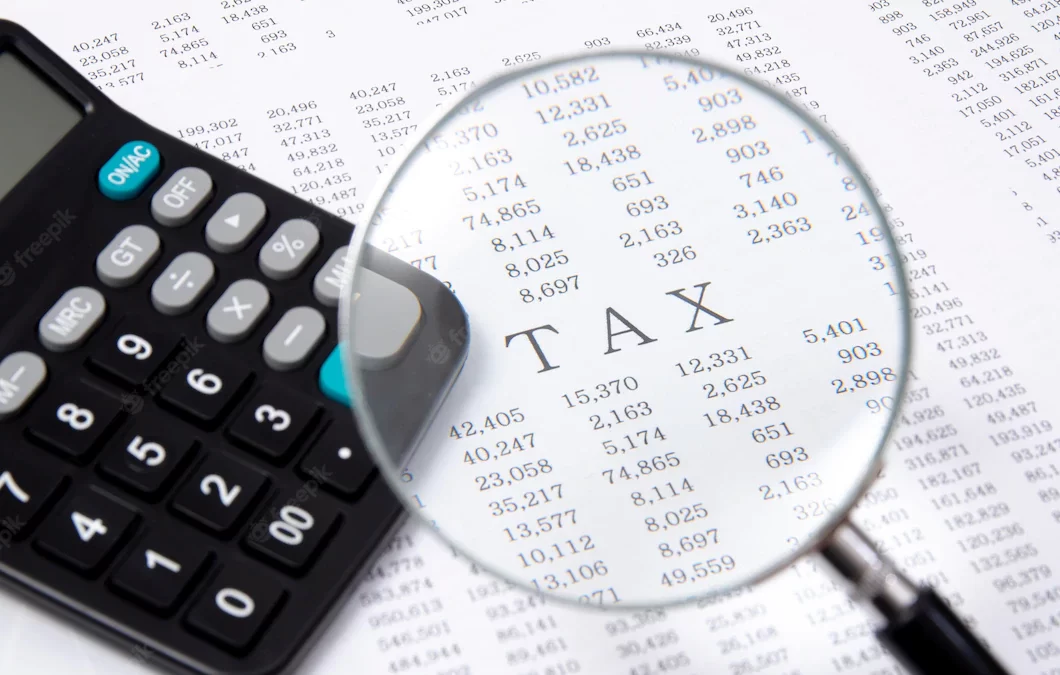The IRS Fresh Start Program is a set of initiatives put in place by the Internal Revenue Service (IRS) to help taxpayers who are struggling to pay their taxes. The program was first introduced in 2011, and has since been expanded to include a number of different measures designed to make it easier for taxpayers to pay off their tax debt.
One of the key features of the Fresh Start Program is the expansion of the Offer in Compromise (OIC) program. The OIC program allows taxpayers to settle their tax debt for less than the full amount they owe. The Fresh Start Program expanded the OIC program by increasing the dollar thresholds for eligibility and making it easier for certain taxpayers to qualify. For example, the program now includes a simplified process for taxpayers with annual incomes of $100,000 or less and tax debts of $50,000 or less. This means that if you meet these qualifications, you can submit a streamlined application for an OIC without the need for a detailed financial analysis.
Another important aspect of the Fresh Start Program is the expansion of the Currently Not Collectible (CNC) status. The CNC status allows taxpayers to have their tax debt temporarily put on hold if they are experiencing financial hardship. Under the Fresh Start Program, the IRS has expanded the criteria for CNC status and made it easier for taxpayers to qualify. For example, the program now allows taxpayers to have more assets and income and still qualify for CNC status.
The Fresh Start program also allows for an increase in the statute of limitations for collections. Normally the IRS has 10 years to collect the taxes, but under Fresh Start it has been increased to 12 years. This extension can help taxpayers as they have more time to pay off their debt without the IRS taking further action.
In addition to these measures, the Fresh Start Program also includes a number of other initiatives designed to help taxpayers pay off their tax debt. For example, the program includes a new installment agreement option for taxpayers with tax debts of $50,000 or less. This option allows taxpayers to make smaller, more manageable payments over a longer period of time. The program also includes a new electronic payment agreement process that makes it easier for taxpayers to set up and manage installment agreements online.
It’s important to note that to qualify for any of the Fresh Start program options, you must be up-to-date with your tax filings.
If you haven’t filed taxes, it’s a good idea to do so as soon as possible to be eligible for the program. Also, it is important to submit all required documentation and provide accurate and complete information to the IRS. If there are errors or missing information on your application or documents, the IRS can delay the process or deny your request.
Also important, be cautious of unscrupulous tax relief companies who may falsely claim they can settle taxes for “pennies on the dollar” or guarantee to settle the tax debt. It’s important to research and work with reputable tax professionals or lawyers who are accredited by the IRS and can navigate the FreshStart Program for you.
In conclusion, if you are struggling to pay taxes, the IRS Fresh Start program can be a valuable resource that can help you get back on track with your tax obligations. By taking advantage of the program’s measures and working with a professional, you can find a solution to your tax debt and move forward with peace of mind. Remember, the IRS is there to help you and the sooner you reach out, the more options you will have to resolve your tax debt.

